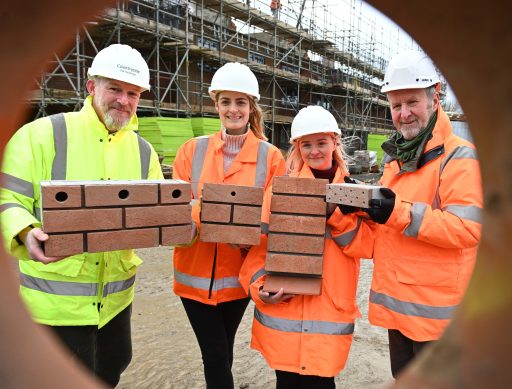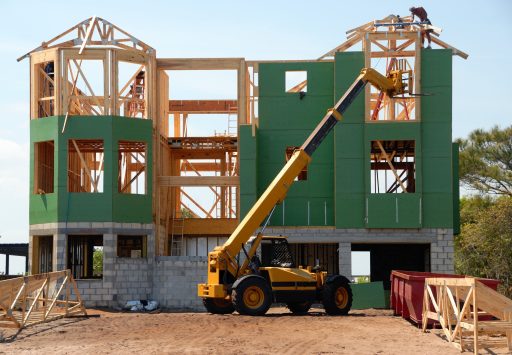Embracing science, data and ecological expertise will help developers rise to the challenge of new biodiversity net gain (BNG) requirements, say environmental specialists at Fera Science.
Under the Town & Country Planning Act (TCPA), from 12 February 2024, most developers in England must evidence how they will deliver at least 10% BNG, for 30 years minimum, for each new site.
This involves assessing and calculating initial biodiversity levels, using the mitigation hierarchy to build an effective biodiversity gain strategy, and creating a bespoke habitat management and monitoring plan for the long term.
Harnessing environmental science within every step will be key to developers’ success, says Paul Brown, senior remote sensing scientist and geomatics surveyor at Fera.
“Developers are being confronted with the urgent need to capture highly accurate, biodiversity data which they can translate into effective net gain strategies.
“A scientific approach is vital – so, it is essential for developers to invest in ecological expertise to help them put effective nature protection measures in place, and meet incoming BNG targets as smoothly as possible,” he says.
With over 100 years of scientific learning, research and development, Fera is collaborating with housebuilders to understand and navigate BNG policy changes with a tailored support service.
“Our LAND360 land assessment service connects developers with Fera’s team of ecologists, economists, GIS and remote sensing experts, to help them create and deliver a fully-informed 30-year biodiversity gain plan,” explains Mr Brown.
“We use remote sensing technology, mapping and geographic information systems (GIS) to carry out a thorough desk-based habitat assessment, without the need for initial on-site investigation.
“These detailed insights help us build a science-based biodiversity baseline, from which we can forecast the impact of on-site and off-site BNG strategies, to help developers put the right plans in place that continue delivering at least 10% gain,” he says.
According to legislation, developers who fail to account for BNG in their plans will face delays or even rejection of their applications, so getting credible advice is vital for developers and planners.
“Investing in scientific support with BNG planning will not only help developers meet industry-wide regulations smoothly, but also help demonstrate a true ‘nature first’ approach to sustainable development, backed up with genuine expertise.”
To find out more about how Fera and the LAND360 service is helping housing developers, visit https://www.fera.co.uk/land360-housing-developers







